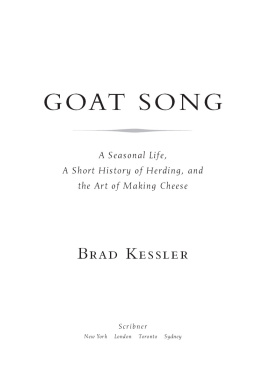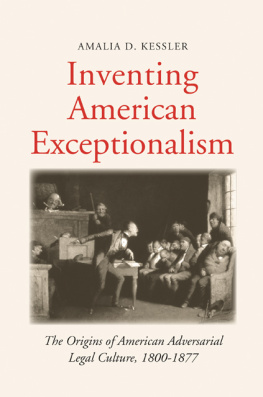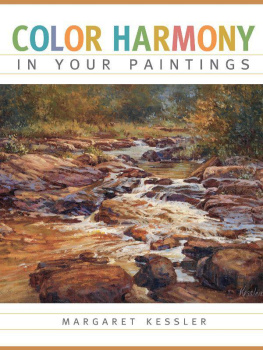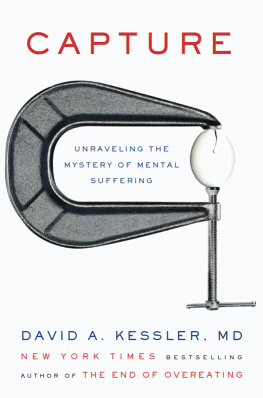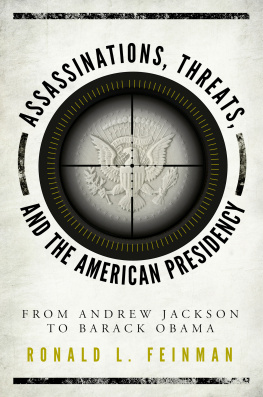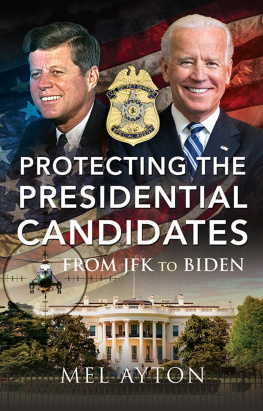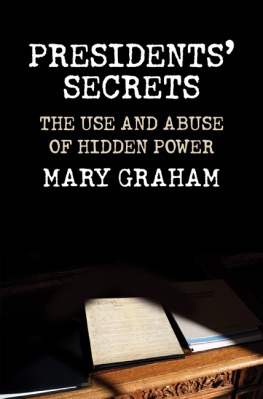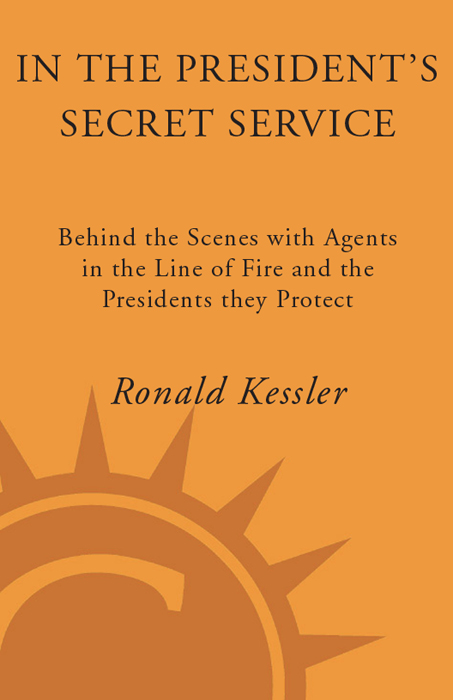Contents

Prologue

A LL EYES IN THE crowd were on the new president and first lady as they smiled and waved and held hands, celebrating the moment. But the men and women who walked along Pennsylvania Avenue with them never looked at the couple, only into the crowd.
The temperature was twenty-eight degrees, but the Secret Service agents suit jackets were open, hands held free in front of the chest, just in case they had to reach for their SIG Sauer P229 pistols. On television as the motorcade proceeded, the world could sometimes catch a glimpse of a mans silhouette on top of a building, a countersniper poised and watching. But that was just a hint of the massive security precautions that had been planned in secret for months.
The Secret Service scripted where Barack and Michelle Obama could step out of the Beast, as the presidential limousine is called. At those points, counterassault teams stood ready, armed with fully automatic Stoner SR-16 rifles and flash bang grenades for diversionary tactics.
If they spotted any hint of a threat, the grim-faced agents never betrayed it. It is the same when they see what goes on behind the scenes. Because Secret Service agents are sworn to secrecy, voters rarely know what their presidents, vice presidents, presidential candidates, and Cabinet officers are really like. If they did, says a former Secret Service agent, They would scream.
Pledged to take a bullet for the president, agents are at constant risk. Yet the Secret Services own practices magnify the dangers to its agents, the president, the vice president, and others they protect. These lapses could lead to an assassination.

Supervise
E VEN BEFORE HE took the oath of office, Abraham Lincoln was the object of plots to kidnap or kill him. Throughout the Civil War, he received threatening letters. Yet, like most presidents before and after him, Lincoln had little use for personal protection. He resisted the efforts of his friends, the police, and the military to safeguard him. Finally, late in the war, he agreed to allow four Washington police officers to act as his bodyguards.
On April 14, 1865, John Wilkes Booth, a fanatical Confederate sympathizer, learned that Lincoln would be attending a play at Fords Theatre that evening. The presidents bodyguard on duty was Patrolman John F. Parker of the Washington police. Instead of remaining on guard outside the presidents box, Parker wandered off to watch the play, then went to a nearby saloon for a drink. As a result of Parkers negligence, Lincoln was as unprotected as any private citizen.
Just after ten P.M. , Booth made his way to Lincolns box, snuck in, and shot him in the back of the head. The president died the next morning.
Despite that lesson, protection of the president remained spotty at best. For a short time after the Civil War, the War Department assigned soldiers to protect the White House and its grounds. On special occasions, Washington police officers helped maintain order and prevented crowds from assembling. But the permanent detail of four police officers that was assigned to guard the president during Lincolns term was reduced to three. These officers protected only the White House and did not receive any special training.
Thus, President James A. Garfield was unguarded as he walked through a waiting room toward a train in the Baltimore and Potomac Railway station in Washington on the morning of July 2, 1881. Charles J. Guiteau emerged from the crowd and shot the president in the arm and then fatally in the back. Guiteau was said to be bitterly disappointed that Garfield had ignored his pleas to be appointed a consul in Europe.
Alexander Graham Bell, inventor of the telephone, tried to find the bullet in the presidents back with an induction-balance electrical device he had invented. While the device worked in tests, it failed to find the bullet. All other efforts failed as well. On September 19, 1881, Garfield died of his wounds.
While the assassination shocked the nation, no steps were taken to protect the next president, Chester A. Arthur. The resistance came down to the perennial question of how to reconcile the need to protect the countrys leaders with their need to mingle with citizens and remain connected to the people.
In fact, after Garfields assassination, the New York Tribune warned against improving security. The paper said that the country did not want the president to become the slave of his office, the prisoner of forms and restrictions.
The tension between openness and protection went back to the design of the White House itself. As originally proposed by Pierre LEnfant and approved in principle by George Washington, the White House was to be a presidential palace. As envisioned, it would have been five times larger than the structure actually built. But Republican opposition, led by Thomas Jefferson, discredited the Federalist plan as unbefitting a democracy. The critics decried what was known as royalismsurrounding the president with courtiers and guards, the trappings of the English monarchy.
To resolve the impasse, Jefferson proposed to President Washington that the executive residence be constructed according to the best plan submitted in a national competition. Washington endorsed the idea and eventually accepted a design by architect James Hoban. Workers laid the cornerstone for the White House on October 13, 1792. When the building received a coat of whitewash in 1797, people began referring to it as the White House.



